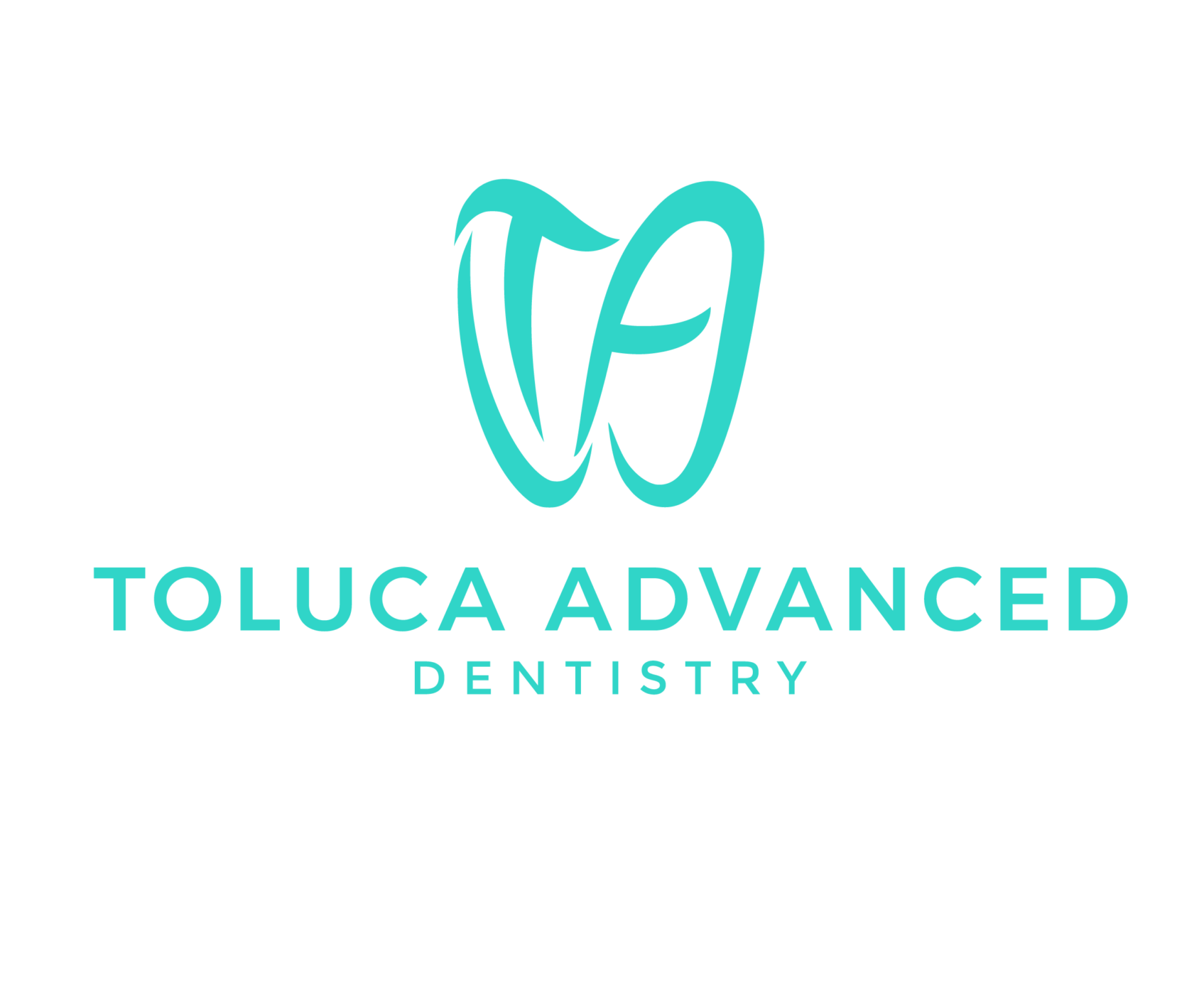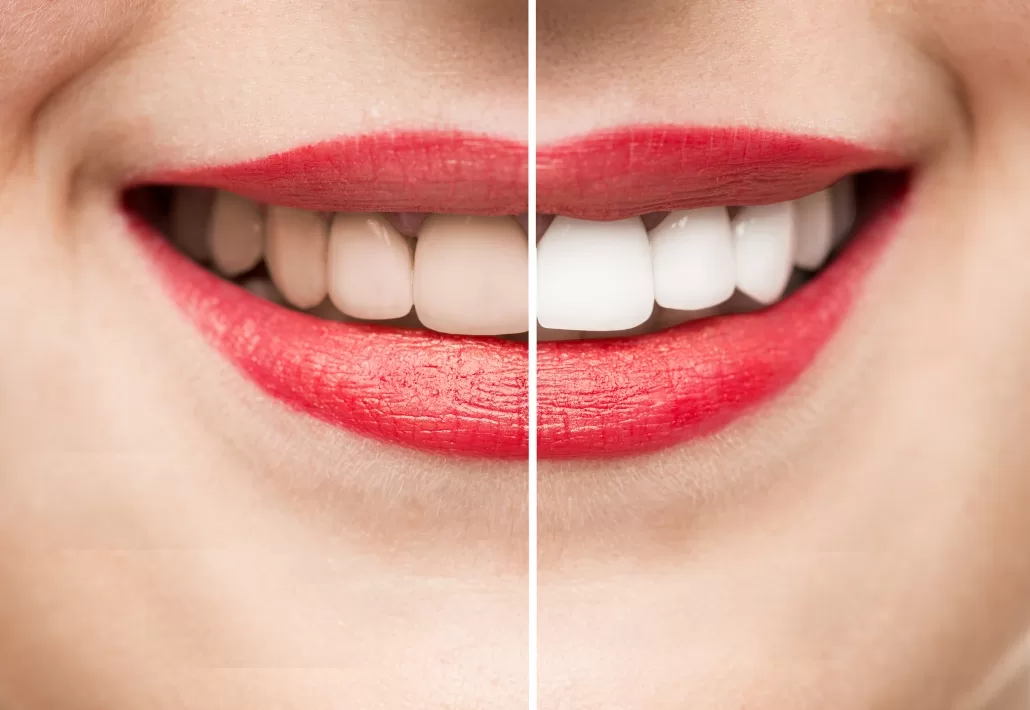It may seem that famous actors always have pearly white teeth, but most people’s smiles do not show teeth that white.
A number of different factors may affect the color of your teeth and give them a yellowish tinge.
In most cases, the causes of tooth discoloration can be divided into internal and external categories.
Exterior paint sits on the enamel, the hard part that forms the outermost layer of the tooth. These colors usually come from the foods you eat.
Not surprisingly, dark-colored foods and beverages – including coffee, black tea, cola drinks, dark sauces, and a variety of fruits such as grapes, blueberries, and pomegranates – have the greatest effect on teeth coloring. These substances contain large amounts of chromogen or pigment-producing.
Acidic foods and beverages can worsen the condition by destroying tooth enamel and making it easier for chromogenesis to stick to teeth. Tannin, a bitter compound found in tea, also helps chromogenes adhere to teeth.
In addition, smoking and chewing tobacco are known factors in the external staining of teeth, as well as poor dental hygiene that leads to the accumulation of dental plaque.
Internal staining occurs inside the tooth, when various factors alter the light-emitting properties of the enamel and dentin beneath it.
There are several medications that can cause internal staining. If children take tetracycline and doxycycline antibiotics while their teeth are growing (before the age of 8), their teeth may turn yellowish-brown.
In adulthood, chlorhexidine, a strong mouthwash used by a doctor to treat gingivitis (inflammation of the gums), may cause discoloration of the teeth. Minocycline, an anti-acne drug derived from tetracycline, also causes teeth to discolor. Even common medications such as antihistamines and antihypertensive drugs can sometimes cause teeth to turn yellow.
Overuse of fluoride and chemotherapy for head and neck cancers can also lead to tooth discoloration.
In addition to external and internal staining of teeth, two other factors are effective in tooth yellowing: genetics and aging.
Your teeth, like the look of your face or the color of your eyes, may be yellower (or whiter) than other people’s teeth. Part of this difference depends on the thickness of your enamel, which is translucent. This way, if you have a thin enamel, the natural color of the dentin under the enamel will show itself more.
As a result, as your enamel gets thinner with age, your teeth will look yellower.
“What color is the best composite tooth color for me?”, “I have to have my teeth aligned because of my work, but I can not use orthodontics either.” And… Many of us have questions like this in our minds. The truth is that many people need to reshape their teeth. Today, composite and laminated veneer is a miracle to improve the design of the smile. But the important thing is the material, color and how to put veneer or veneer on the teeth. If this is done by a skilled professional, there is no need to worry and all our questions will probably be answered.
We are all unique and naturally the shape and color of our teeth is also unique. When whitening and re-modeling teeth, dentists use a tooth color guide to ensure the right color is chosen for the patient.
Tooth color is very important in the first encounter because our teeth are clearly visible when we smile. Polished teeth look white, fresh and clean, while disordered and colored teeth can look unpleasant.
Certainly the beauty of a person’s teeth can be effective in dealing with people and give them a more stable face. Dentists strive to provide patients with dental options to improve their health and smiles, and to discover the best composite tooth color for each client.
The normal tooth color guide has four main categories: A, B, C, D. This range includes yellowish and reddish to gray. This guide has evolved since the early 1980s.
Among these categories, there are a maximum of 4 bright colors: 1, 2, 3 and 4, the number one of which is the brightest.
A3 is the normal color of the teeth. This is a natural color and about 70% of all-natural teeth are in this range. But it can not be said that the best composite paint for everyone.
Note that you should choose the composite color of your teeth according to your skin color, white eyes, and hair color. A specialist dentist will play a very effective role in this.



